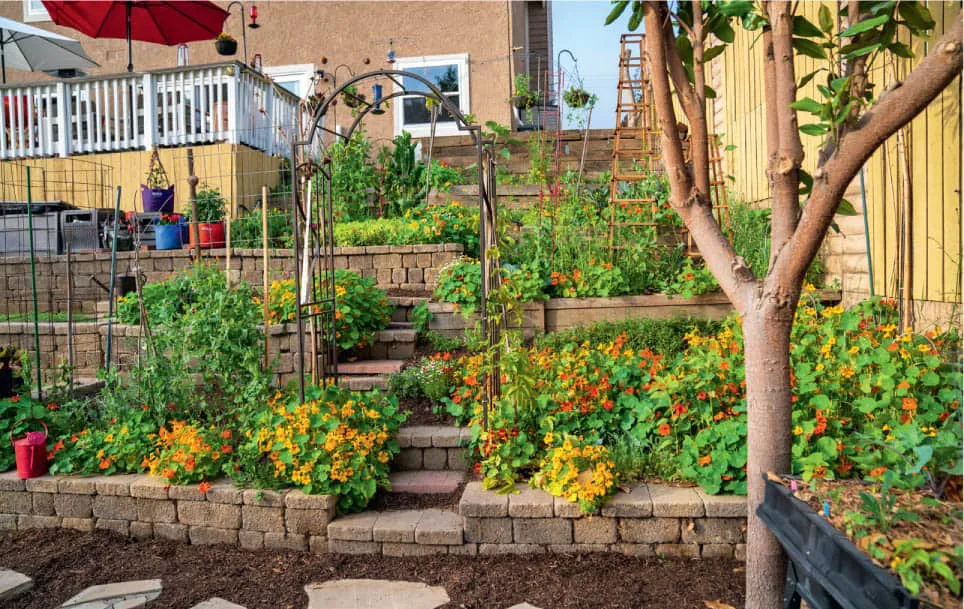
The First-Time Gardener's Guides
All the know-how you need to build and grow a raised bed garden
- 176 pages
- English
- ePUB (mobile friendly)
- Available on iOS & Android
The First-Time Gardener's Guides
All the know-how you need to build and grow a raised bed garden
About This Book
Setting up your first raised bed garden? With help from YouTube gardening star CaliKim, you'll soon be growing your own fresh, organic vegetables, herbs, and flowers like a pro. Whether your yard is big or small, raised beds are the perfect fit. They allow you to create a controlled growing environment, filled with fertile soil, where plants thrive. Raised beds help gardeners overcome rocky or less-than-ideal soils, there's little to no weeding involved, and they can be as large or as petite as you'd like. You can even use an elevated or mobile raised bed if the only sunny space you have to grow is on a patio, deck, or driveway. In The First-Time Gardener: Raised Bed Gardening, you'll learn how to select the best raised bed for your space, what to fill it with, and tips for staking and trellising plants to save space and improve yields. Additional advice found inside includes:
- DIY plans for building quick-and-simple beds
- Info on the best soil mixes for filling raised beds
- How to mulch, water, and fertilize your new garden
- Illustrated planting plans to help you determine how many plants fit in each bed
- Step-by-step project plans for unique raised bed trellising systems
- The best beginner-friendly crops to get you started
- How to maximize production from a small raised bed garden
- Tips to get growing in a way that won't leave you feeling overwhelmed halfway through the season
Raised bed gardening is perfect for beginners, as long as you have a pro like CaliKim sharing her essential know-how and cheering you on to veggie-growing victory. This book is part of The First-Time Gardener's Guides series from Cool Springs Press, which also includes The First-Time Gardener: Growing Plants and Flowers and The First-Time Gardener: Growing Vegetables. Each book in The First-Time Gardener's Guides series is aimed at beginner gardeners and offers clear, fact-based information that's presented in a friendly and accessible way, including step-by-step instructions and full-color illustrations throughout.
Frequently asked questions
Information
1
Getting Started
- How much space will I need?
- How many raised beds should I plant for my family?
- How do I know where to place my raised beds?
- How big do I build each bed?
- How deep should the raised beds be and what shape is best?
- Do I need pathways between the beds?


Raised Bed Journey Question #1: How Much Space? How Many Beds?
Factor #1: How much time do you have to devote to growing veggies?
Factor #2: How much space do you have?


Factor #3: Is your goal for vegetable gardening to supplement or be self-sufficient?
Table of contents
- Cover
- Title Page
- Contents
- Introduction
- 1 Getting Started
- 2 Building Your Raised Beds
- 3 Filling Your Raised Beds
- 4 Planting and Growing in Your Raised Beds
- 5 Layouts and Planting Plans for Your Raised Beds
- Conclusion
- Resources
- About the Author
- Index
- Dedication
- Copyright